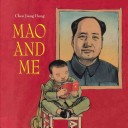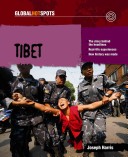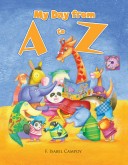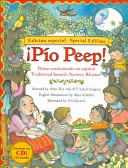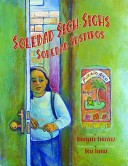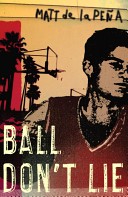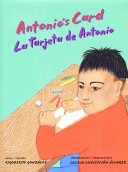
Before coming to Canada, while he was still an art teacher in Beijing, Song Nan Zhang traveled from Inner Mongolia east, south, and north to find and paint unusual scenes of Chinese family life.Here are the children who grow up in the saddle with their nomadic parents or become as agile as the mountain goats they tend. A boy plays chess on the ground with his shepherd grandfather. A teenager tends her father’s pottery shop. At festivals a child plays hide-and-seek, behind yellow parasols, and stilt dancers wait to compete.

